As China battles with the impacts of Covid-19, new challenges have surfaced. Severe floods have hit the country, particularly in the Yangtze River Basin. By 3 July, flooding had affected 19.38 million people in 26 provinces and resulted in 875,000 emergency resettlements. Direct economic losses had amounted to 41.64 billion yuan (US$6 billion), and counting.
Data from the United Nations shows that between 1998 and 2017, global economic losses caused by climate-related disasters amounted to US$2.2 trillion, with floods being the most frequent type of disaster (43% of all recorded events). Flood impacts are not limited to direct damages, such as to buildings, houses and infrastructure, but also include indirect costs which are much more complex to account for and as a result often neglected.
The situation underscores the importance of incorporating climate resilience into infrastructure planning and the development of the manufacturing sector, especially at a time when China is upgrading its industries and transitioning towards a greener economy.
Impacts of flooding on the manufacturing sector are bigger than we thought
An Oxford–Harvard study published last year estimated that flooding in China between 2003 and 2010 could have reduced the productivity of manufacturing companies by 28% each year. Sectors closely linked to manufacturing, such as agriculture, oil and gas, electricity and water production and supply, were also likely to be affected. Losses could have amounted to 12.3% of total national output. The research, which was based on econometrics and input-output modelling, used data collected from China’s 23 key manufacturing sectors, and found that impacts from massive natural disasters could drag on into the future. Financial losses for firms could amount to 5% of the productivity losses for each firm in the two years following a disaster. These findings challenged the traditional thinking that the impact of flooding on manufacturing is short-lived, with companies able to bounce back fairly quickly afterwards.
20%
of China’s power plants could be exposed to increasing flood probabilities by 2035 in the best climate scenario
There are three main channels through which flooding affects manufacturing: via direct impacts on production (factory closures, equipment damage, inventory losses, and so on); via indirect impacts on logistics and transport (damage to road or river transport, port closures); and via indirect disruption to supply chains, short-term price hikes and so on.
How badly manufacturers are affected is dependent on factors such as the size of the company, the resources available to cope, structure of the supply chain, and the availability of government assistance and insurance mechanisms.
Risks are likely to increase
The World Economic Forum’s Global Risks Report 2020 identified extreme weather, climate action failure, and natural disasters as the top three risks by likelihood. Climate change is likely to further increase the frequency and intensity of extreme weather events and natural hazards, such as flooding. The combined direct and indirect economic losses due to river flooding in China are projected to increase by 82% in the next 20 years.
Many of China’s manufacturers are located in flood-prone regions, for example, the Yangtze River Basin. Every year, although many listed companies report on revenue losses due to flooding, evidence on smaller companies, which are nonetheless affected, is virtually non-existent.
Climate change could also affect China’s infrastructure system, the backbone of the manufacturing industry and its supply chains. A 2017 Oxford study showed that many infrastructure hotspots are in areas where flooding is increasingly likely. Infrastructure in Jiangsu, Anhui, Hubei, northern Hunan and Jiangxi, western Heilongjiang, eastern Inner Mongolia, and Liaoning all may be at increasing risk of flooding. Up to 20% of China’s power plants could be exposed to increasing flood probabilities by 2035 in the best climate scenario and this number increases to 32% in the worst case.
How can China better prepare?
The Chinese government recognises the urgency of climate adaptation and resilience. The 2019 Blue Paper on Climate Change clearly pointed out the increasing risks from extreme weather and climate events. The National Climate Change Adaptation Strategy, published in 2013, provided strategic guidance for the overall planning of climate change adaptation policies and actions.
At present, a lot of focus has been put on agriculture, ecosystems, urban systems and infrastructure. Research and data on the economic impacts, and especially the indirect impacts, of climate and weather events, is limited. More work needs to be done to understand the vulnerability of different economic sectors to climate risks. Special attention could be directed towards the manufacturing sector, which is often built in port cities, low-lying areas or reclaimed wetlands with high climate risks. As a key contributor to economic growth and job creation, manufacturing also has important social implications.
China is well positioned to invest in innovative climate resilience applications.
Manufacturing companies need to fully incorporate risks from natural hazards and climate change into their operations and strategic planning. Supply chain management systems could add a climate lens to monitor weather feeds, port closures, traffic congestions and alert users to when and where a disruption may occur. Understanding vulnerability and improving resilience would also need close cooperation with business partners and stakeholders in the supply chains. Businesses can also respond to a changing climate more proactively, harnessing opportunities in new products and services that can help their clients manage climate risks more effectively.
Governments could invest in climate-resilient infrastructure systems to mitigate risks in energy and water supply, transport, logistics and waste management, which are key to manufacturing operations. Recent work by the United Nations Environment Programme (UNEP) provided an integrated approach that spans the entire life-cycle of infrastructure assets. Governments can also incorporate climate resilience into industrial policy and value chain strategies. Innovative solutions can be piloted and tested in economic development zones, industrial parks and clusters of manufacturing companies and their suppliers. Special support should be provided to small and medium-sized companies who often lack the capacity and knowledge to deal with climate risks.
As one of the largest environmental service users and providers, China is well positioned to invest in innovative climate resilience applications which are being developed every day. Drones, for instance, have already been used to detect flooded areas and aid rescue missions. Environmental monitoring and early warning systems can help businesses and communities better respond to extreme weather events. Big data and machine learning can be used to predict floods and other natural hazards.
More fundamentally, the transition towards a circular and green economy can improve resource and energy efficiency, reduce reliance on raw materials, and thus lower climate risks embedded in supply chains. Green finance and climate insurance also have an important role to play in assessing risks and helping manufacturing companies better recover. This was highlighted in the government’s plan for a Green Financial System which is expected to unlock the potential of green insurance, as a market-based mechanism to manage environmental risks, including risks related to climate change and natural hazards.
Covid-19, which resulted in shutdowns of millions of factories around the world, reminds us of the importance of manufacturing to the economy and society. In particular, it has demonstrated how vulnerable manufacturing and its supply chains can be to external risks. As policymakers and businesses are coping with the impacts of the pandemic and restarting economies, it’s time to build resilience into the manufacturing sector for a greener and more sustainable future.
Editor’s Note: The author Ying Zhang is a staff member of the United Nations Environment Programme. The author alone is responsible for the views expressed in the publication and they do not necessarily represent the decisions or policies of the United Nations Environment Programme.
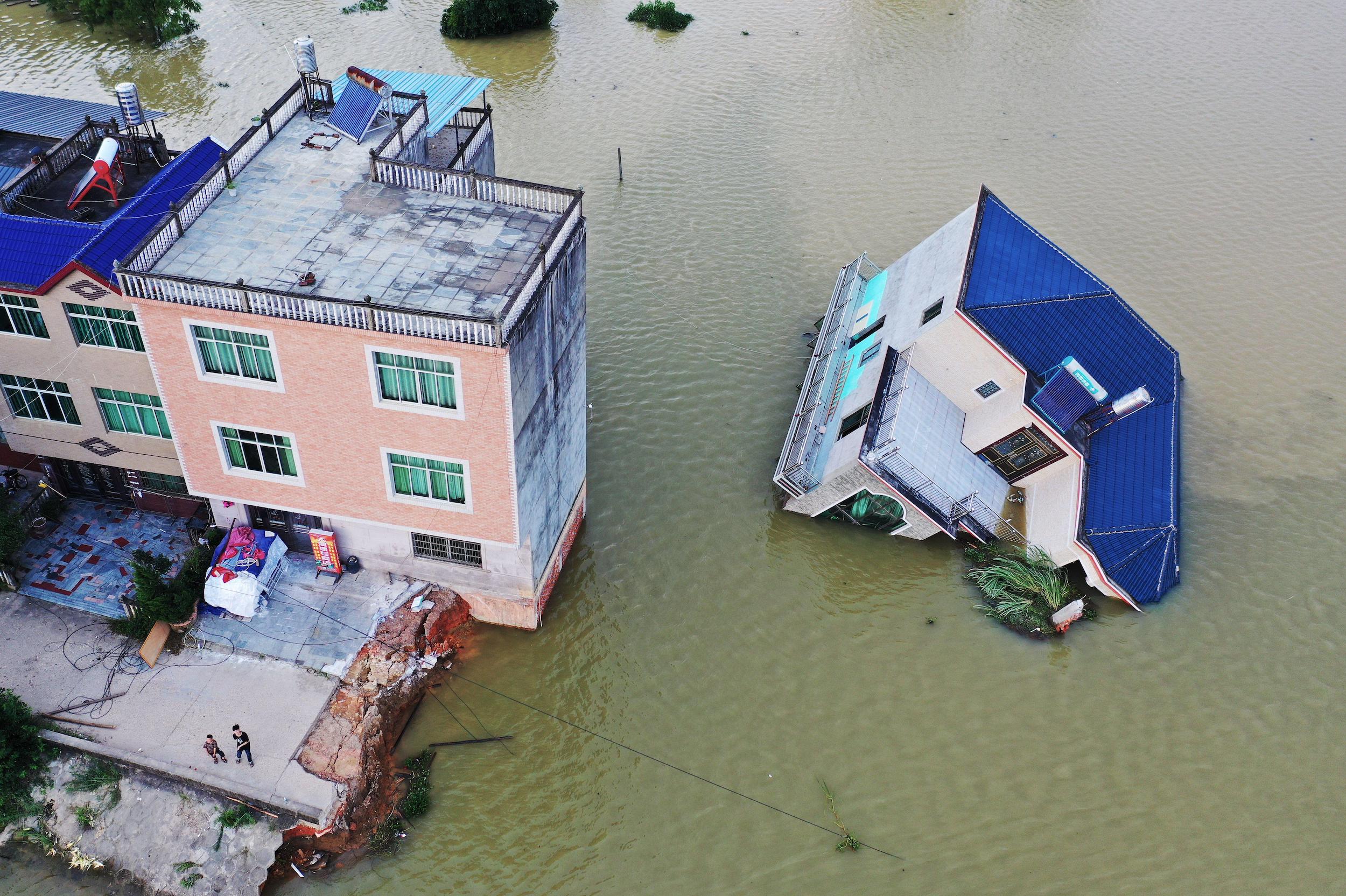

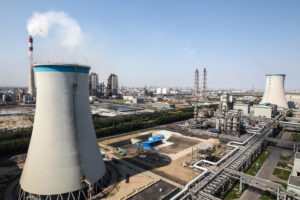
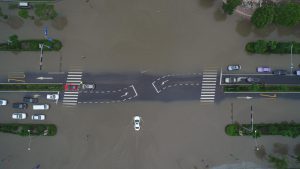

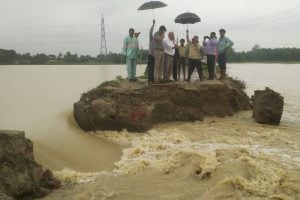

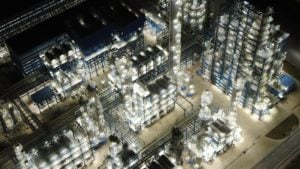
![Residents of Thakurbari place sand-filled bags on the Koshi riverbank in an effort to save the riverbank and their homes from floodwaters [Image by: Birat Anupam]](https://dialogue.earth/content/uploads/2020/08/Nepal_Floods_2020_Koshi_1-300x199.jpg)